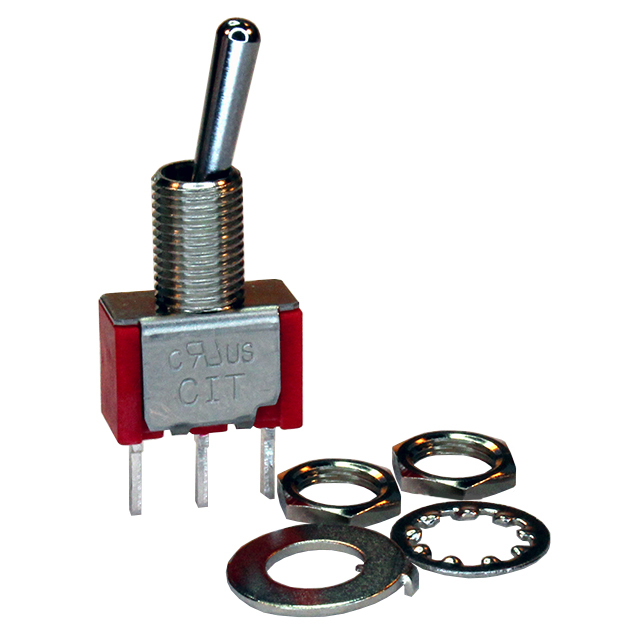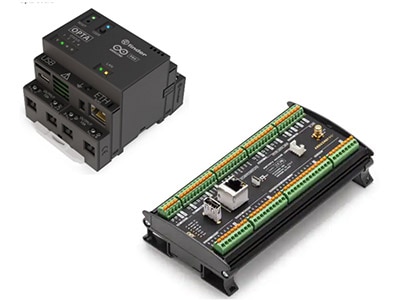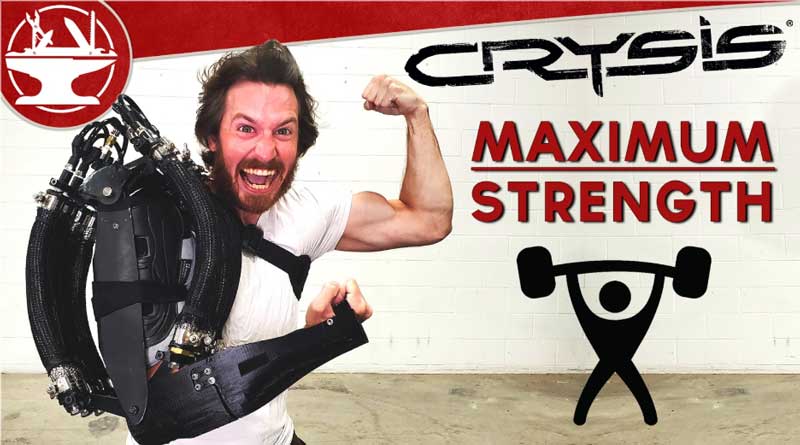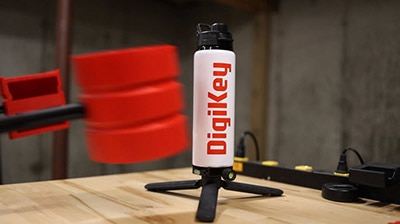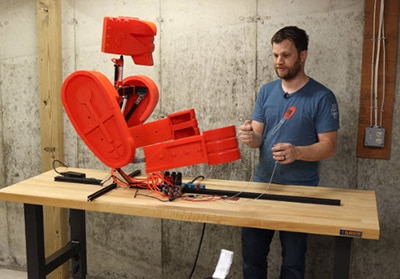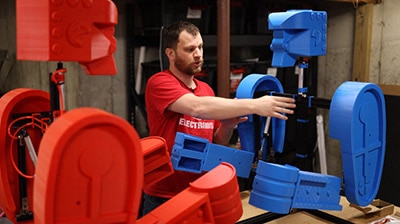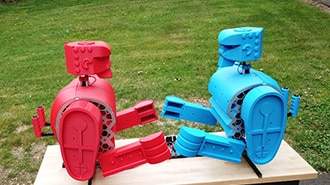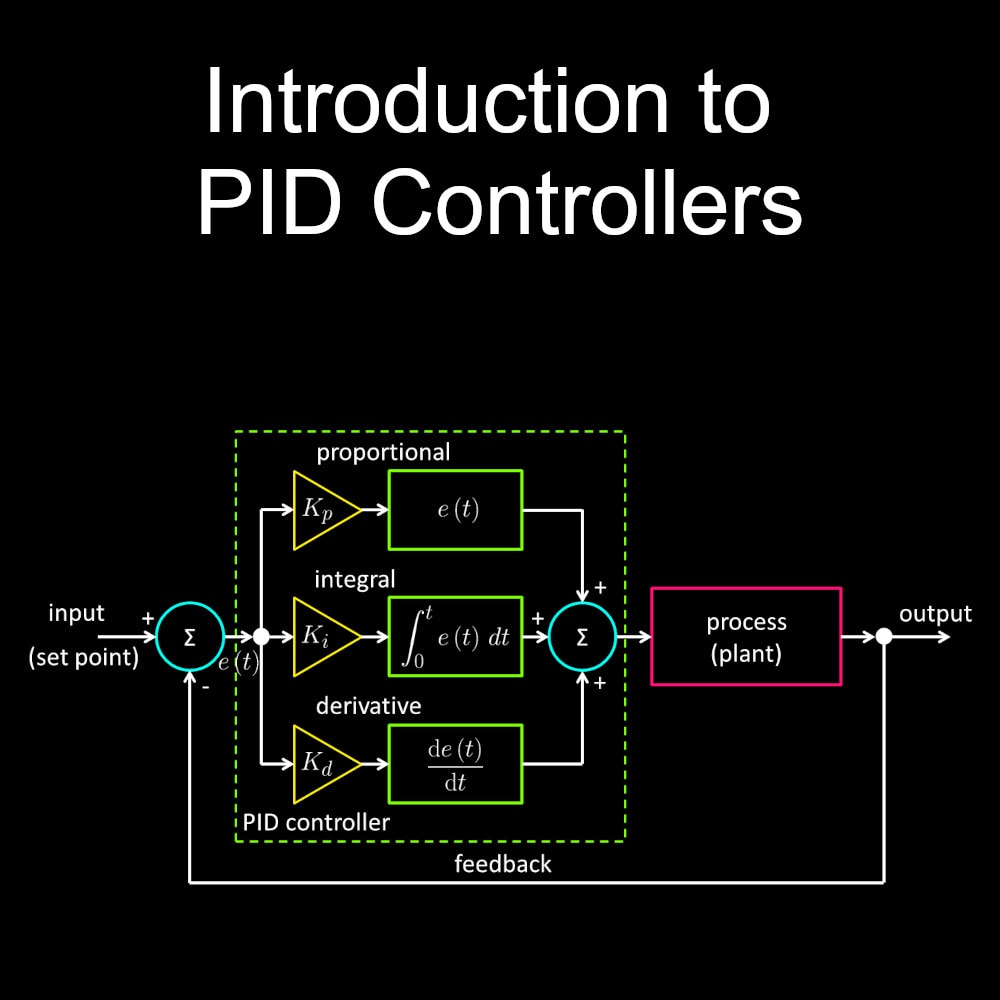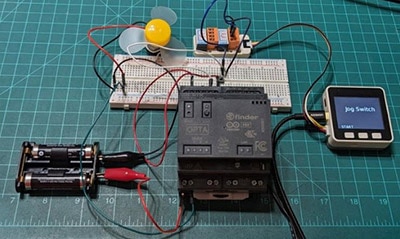Making REAL Fallout Power Armor (Part 2)
2024-11-07 | By The Hacksmith
Despite our team’s reluctance to take on another mech after the misadventures of MegaHex, a project that nearly bankrupted the company, we've taken on the most requested build from our community: Fallout's Power Armor!
In the Fallout universe, Power Armor is a wearable exoskeleton that augments the wearer's strength, endurance, and resilience, protecting them from the unforgiving nuclear wasteland and its belligerent residents. It lets you run faster, go further, carry more, and survive everything from radroach bites to gunshots.
We're no strangers to exo-suits or mechs; one of the first projects on the channel is an exoskeleton that let James curl 275 pounds back in 2016! You can watch that entire series here: Make It Real Playlist. But that only offered strength - no coverage or protection.
In the last episode, Bogdan built powered arms while leaning heavily on the original Elysium Exoskeleton designs from 8 years ago. Surprisingly, this let James curl his new personal best of 295 lbs. You can watch that entire video here: Making REAL Fallout Power Armor
In this episode Bogdan and the team start working on the power pack and torso - this time reusing the Call of Duty exosuit but with some modern upgrades. If you aren’t familiar with our COD series, you can find it here: Call of Duty Playlist
With the underlying frame functioning, the focus shifts to how to make it wearable. In the game, the armor takes about five seconds to put on or take off, and ideally, we can get close to that in real life. This requirement imposes a challenge - you can hardly tie your shoelaces in five seconds, let alone secure buckles on every limb and snap shut a series of armored plates! Bogdan took this problem on by making each limb a pneumatically articulated clamshell with an inflatable liner and an automatic latch. With all the pneumatic actuators controlled in a tight sequence by the PLC, the wearer can step in through the back - which raises out of the way when the suit is unoccupied - and step into place before the limbs latch shut and inflate to comfortably nestle around the wearer.
Of course, to build any of this, we need a robust model of the armor as a whole, and ours is available for download via Thangs - fully 3D printable for cosplay!
To operate the dozens of actuators, the power armor uses a PLC hooked up to an array of electrically actuated pneumatic valves through an output card and several relays. The bicep actuators use a clever arrangement of three valves each to select between actively lifting or lowering, gently releasing pressure, and going fully loose to allow free motion. Crucially, all the actuators release when the system loses power, so you don't get stuck if the batteries die or the compressor fails. Check out the full schematic here:
Check out the schematic here:
A crucial side mission arose on realizing that, unpowered, the power armor would be too heavy to move around and work on without a stand. A couple of hours of welding later, we had a screen-accurate maintenance platform for the armor.
Tune in for the next episode, where we start making the power armor bulletproof and pushing the limits of the exosuit!










